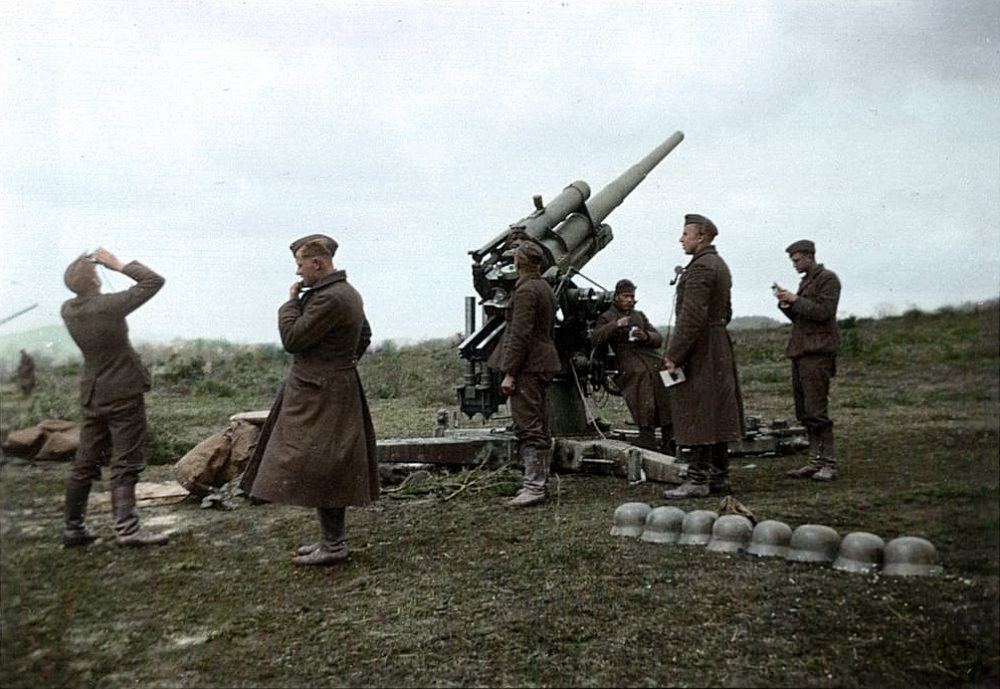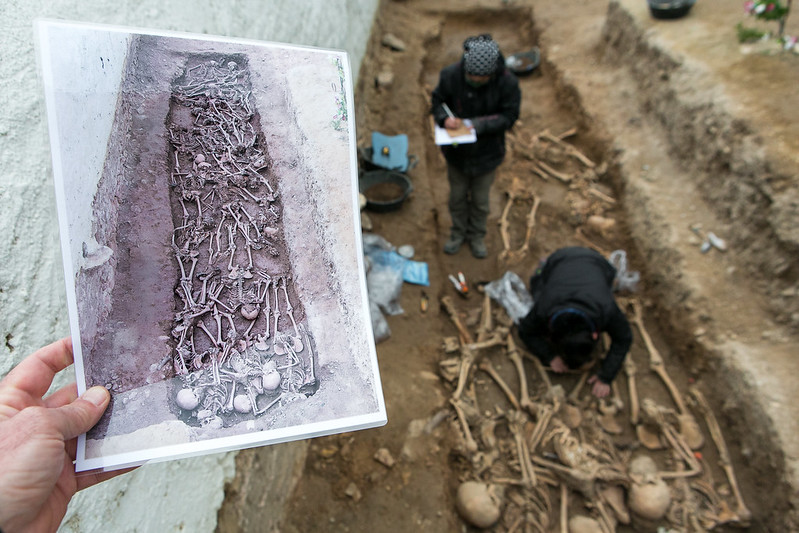Appeal launched to help identify Welshmen who went missing in the Spanish Civil War

Luke James
Researchers in Catalonia are appealing for the families of Welshmen who went missing in the Spanish Civil War to give a DNA sample as part of new efforts to find their final resting places.
Almost 200 Welsh men and women travelled to Spain in 1936 and 1937 to support the democratically elected government of the Spanish Republic in its fight against a fascist rebellion led by General Francisco Franco.
The annual commemoration for Welsh members of the Republic’s International Brigades organised by the IB Cymru group is taking place today at the national war memorial in Cathays Park, Cardiff.
Thirty-five of the Welsh volunteers lost their lives in the conflict, including those whose place of burial has never been confirmed. The families of some Welsh volunteers were even wrongly told their sons or brothers had defected and their sacrifice was only recognised decades later.
New research
Now the names of ten Welsh soldiers missing in action have been included in new research about published by the Catalan Government’s Directorate for Democratic Memory.
They include Harry Dobson, a miner from the Rhondda, who was wounded in July 1938 during a courageous against-all-odds assault on a fascist held hill fort during the battle of the Ebre in southern Catalonia.
After insisting a wounded Welsh comrade be treated first, Dobson was eventually taken to a field hospital set up inside a cave in La Bisbal de Falset and the photographs of efforts to save his life there travelled across the world.
He is believed to be buried in the nearby cemetery and a memorial plaque in his honour was unveiled last year.
However, historian Jordi Martí-Rueda, who is leading the work to find the missing antifascists, said a DNA match is needed to identify his body.
Missing volunteers
He told Nation.Cymru: “The next big part of this work is to find the family of those missing volunteers. Because we can open a communal grave and do archaeological work where we think people are buried, but if we don’t have the DNA of the family we can’t identify them.
“We have already worked on graves and have exhumed brigaders but we haven’t been able to identify them. So it’s very important that the families of the missing volunteers register themselves in the census of missing people and give a DNA sample.”

Graham Davies, author of You Are Legend, the book telling the story of the Welsh volunteers, said there is now “a big increase in families who want to know more about missing relatives.”
At least one family of a Welsh volunteer has already given a DNA sample to the researchers – that of Sidney James, a miner from Treherbert, who died in September 1938 at the Battle of the Ebre.
Days after being recommended for promotion, James was wounded on one of the heaviest days of fascist bombardment during the Battle of the Ebre. Researchers believe he died two weeks later at a sanitary point, which may mean he is buried in a communal grave nearby.
Battle of the Ebre
More difficult to close will be the stories of volunteers who died in the mountain ranges across which much of the decisive Battle of the Ebre took place.
“For someone who went missing in action, in combat in the mountains, there isn’t a register of their death,” said Martí-Rueda.
“The might be a note from the military unit they were in or a list of people who died or went missing on a certain day. But there’s no information that says they were buried in a certain place.
“The majority of people who died in combat were buried in the trenches or their bodies simply stayed on the mountain. Sometimes they could be retrieved and buried in a communal grave.”
That is the case for miners turned soldier, Tom Howell Jones from Aberdare, who was buried by his comrades in the Pàndols mountains after being killed by heavy fascist shell fire in August 1938.
“There we know, as the earth there is very hard and impossible to excavate, they would have buried them lower down in a communal grave,” said Martí-Rueda. “But it’s difficult to know exactly where each person is buried.”
Historians
While much of the information contained in the report had already been uncovered by British historians and groups such as the International Brigades Memorial Trust, the Catalan government’s team is trying to combine new details with local knowledge to make a breakthrough.
“What we’re trying to do is to see if in cases we can find a little bit more information that could help find the exact place they went missing and create a map,” added Martí-Rueda.
“In the archives, it says they went missing in this mountain or that zone but after you need to put that on a map because then you can see what graves are there. If the person was wounded, you can see by which road they were evacuated and therefore in which medical station they would have died.”
Made up of highly committed volunteers, the International Brigades were used as the “shock troops” of the Republican forces in the Spanish Civil War.
All but one of the ten Welsh troops named in the new report are believed to have died during the Battle of the Ebre, the Republican army’s last offensive of the war in which they faced fascist forces aided by German and Italian air.
“They were always put into areas of attacks where they needed somebody to defend a place to the last man,” said historian Alan Warren, who runs the Porta de la Història group which conducts research and organises school trips and tours of Spanish Civil War sites.
“They were more inspired to fight than perhaps the conscript Spanish troops. So they were always put into difficult spots. They were reliable troops: they did what they were asked to do, a lot of the time with ghastly casualties.”
‘Closure’
The Catalan government’s research programme, named after American volunteer Alvah Bessie, will help give “closure” to the families of missing volunteers, he believes.
Warren added: “The need to get closure for so many families, certainly here in Spain and in Catalonia, is very, very important.
“The number of people who come to the centres that we open at weekends say my grandfather was in this battle. Sometimes they can tell you a lot and sometimes it’s nothing.”
Mary Greening, who is the daughter of Welsh volunteer Edwin Greening, said the IB Cymru memorial group could help to identify surviving families of the missing Welsh volunteers.
She said it was important to dispel myths peddled about some volunteers who went missing in action having defected, which she said her father had been “very upset and angry about.”
“In every war people go missing in action,” she said “A lot of people were missing because they had basically been out on patrol and had run into the fascists and had been shot on the spot.”
But, speaking ahead of today’s commemoration of the 88th anniversary of the start of the Spanish Civil War, she said the events had “faded in the mists of time” for many families.
“With the amount of time that’s elapsed, a lot of people don’t seem to know too much about their relatives and might have gone,” she said.
Support our Nation today
For the price of a cup of coffee a month you can help us create an independent, not-for-profit, national news service for the people of Wales, by the people of Wales.








Now it is Ukraine’s turn and Farage is giving Putin a sign he’s there for him…
As Farage sings Putin’s song the lights go out in Ukraine…